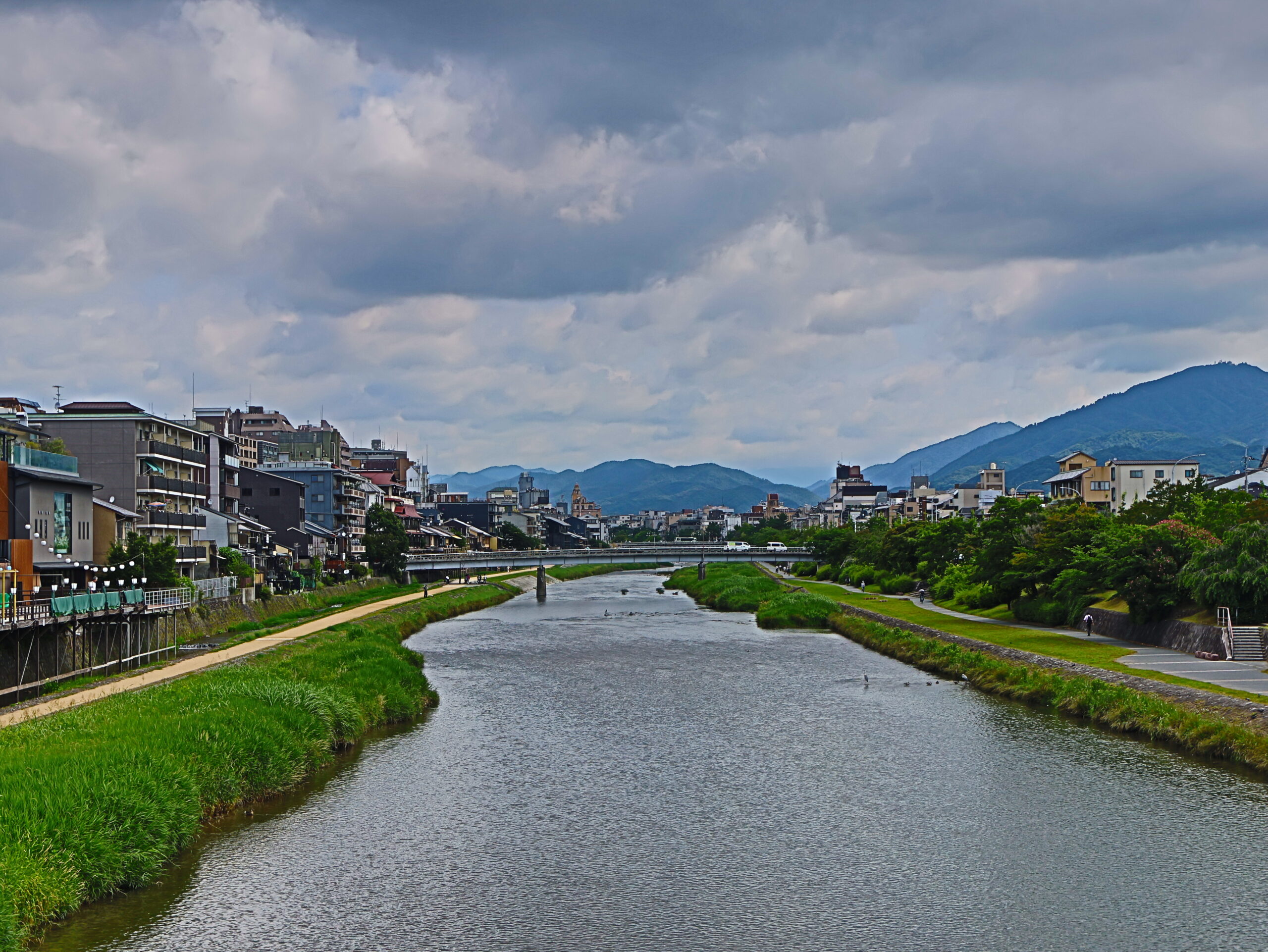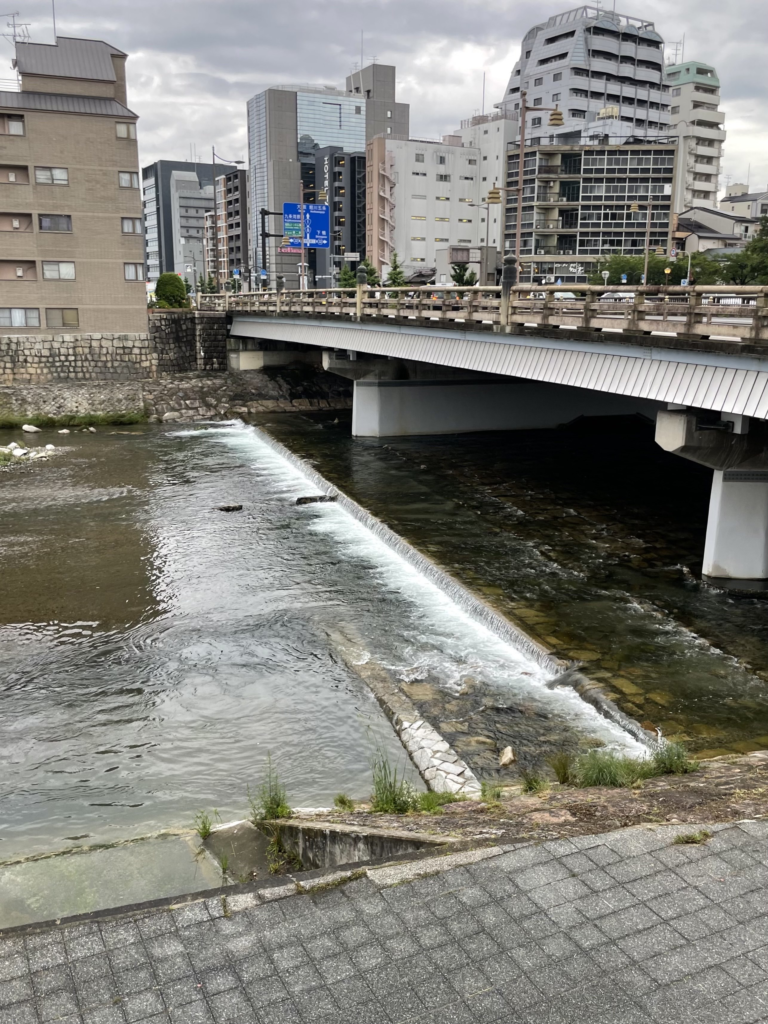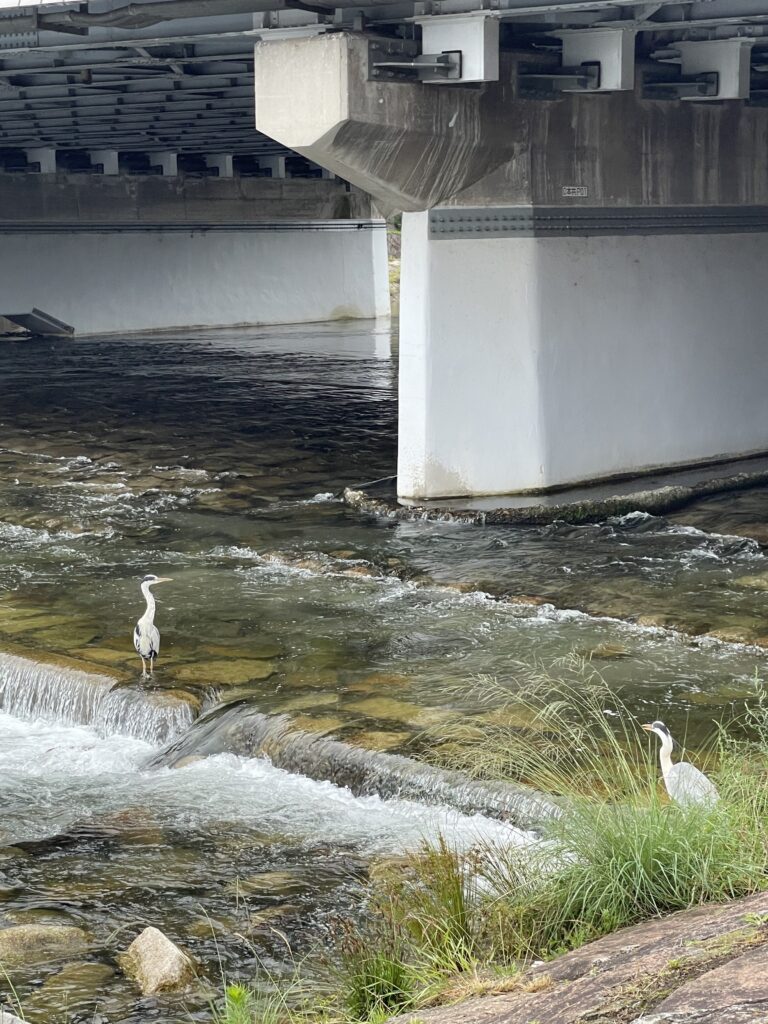
One of Japan’s most treasured natural gems lies hidden amidst the ancient streets of Kyoto—the enchanting Kamo River.
As the cultural heart of this historic city, the river has gracefully flowed through the annals of time, bearing witness to centuries of captivating tales and legends. With its serene atmosphere and captivating allure, the Kamo River stands as a cherished gathering spot for locals and tourists alike, offering a tranquil escape from the bustling city.
Steeped in history, the Kamo River has been an integral part of Kyoto’s identity since time immemorial. Originally functioning as a simple water source for irrigation, the river soon became known for much more than its function alone.
During spring, the cherry blossom trees on the banks of the river bloom beautifully, covering the water and banks with pink petals, inviting the arrival of spring. This enchanting river soon gained religious significance as well.
There now rest two famous shrines, the Kamigamo Shrine, and the Shimogamo Shrine, within walking distance from the water. After some time, particularly during the Heian Period (794-1185) when Kyoto was the capital of the country, the river served as a venue for festivals and celebrations. The Aoi Matsuri, Gion Matsuri and the Hanami celebrations would include the Kamo as an integral part of the spectacle.
Aside from its historical relevance, the Kamo River holds significant cultural meaning for the people of Kyoto. The river’s beauty often became a source of inspiration for aspiring authors and artists of the time. This list would notably include Murasaki Shikibu, the author of “The Tale of Genji.”
In what is often called the world’s first novel, “The Tale of Genji” gave Murasaki the opportunity to frequently reference the cherry blossom-lined banks of the Kamo, using them as a symbol of elegance and romanticism.

The river, or more accurately, Gojō Bridge above it, is the setting for another famous Japanese tale—the meeting of Benkei and Minamoto no Yoshitsune. According to the legend, Benkei collected the blades of swordsmen he had defeated, amassing 999 before waiting on Gojō Bridge for his 1,000th. Minamoto, disguised as a woman, was attempting to cross the bridge when he was compelled to engage in a battle with Benkei. The story diverges from this point, with some claiming it ended in a draw while others assert that Minamoto swiftly defeated Benkei without breaking a sweat. Regardless, it concludes with the two forming a new friendship and embarking on a journey across the land.
The Kamo River also serves as a green space, or rather a blue space, and a natural border between urban Kyoto and Gion Higashi. Kyoto boasts an extensive biking culture, with numerous stores renting bicycles to tourists and locals for daily use. Bikers can often be seen riding up and down the paths alongside the water, and it’s no wonder why.
Aside from the trees, the ecosystem is incredibly stunning, featuring dozens of bird species and a plethora of flower varieties. The river is easily accessible to anyone and provides a peaceful retreat from the hustle and bustle of modern-day Kyoto.

From its humble beginnings as a life-sustaining water source to a vibrant hub for commerce and cultural exchange, the Kamo River has silently witnessed countless tales of love, loss, and celebration. It is effortless to immerse oneself in the narratives that unfolded along its picturesque banks, where the river’s past seamlessly interweaves with Kyoto’s future.







